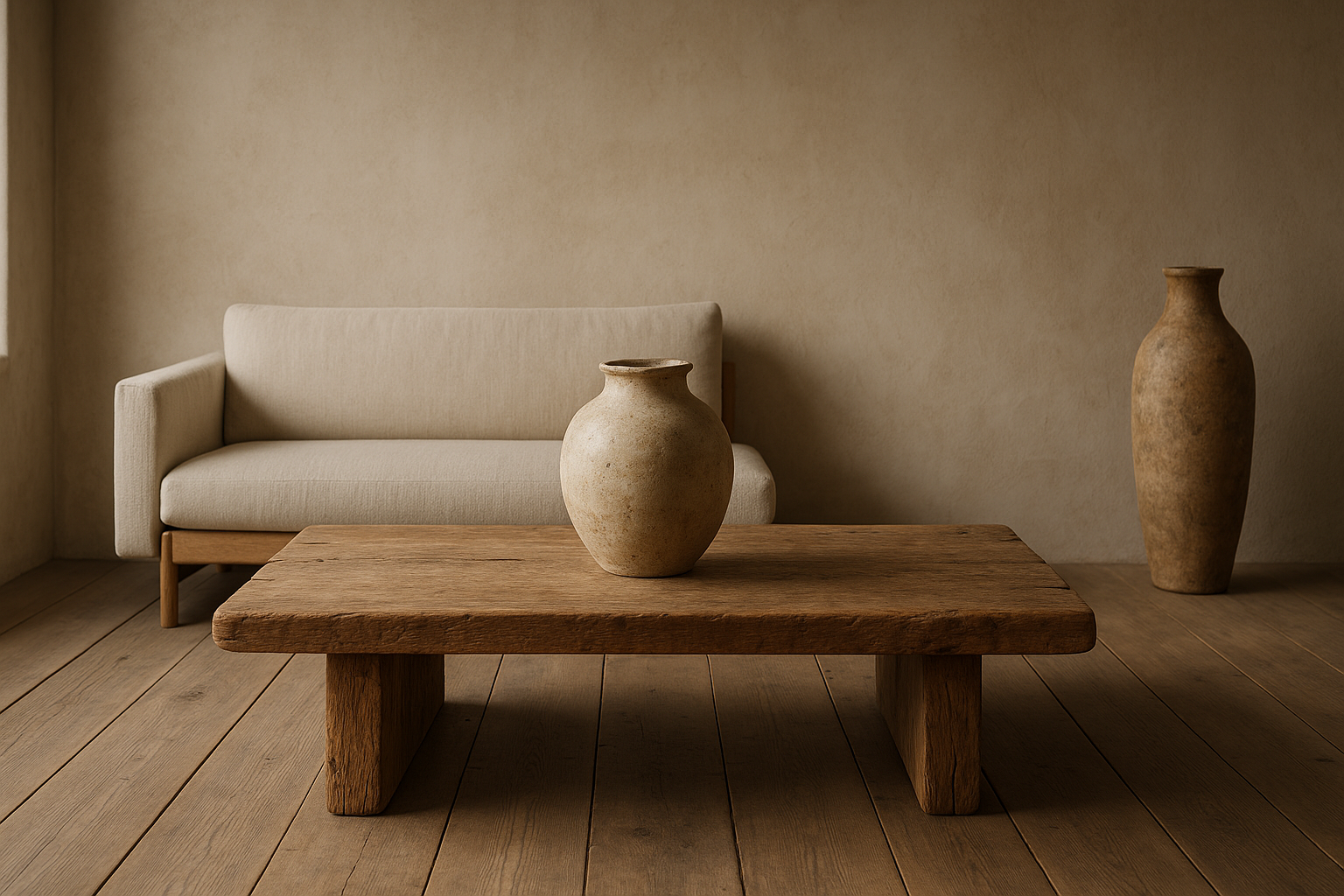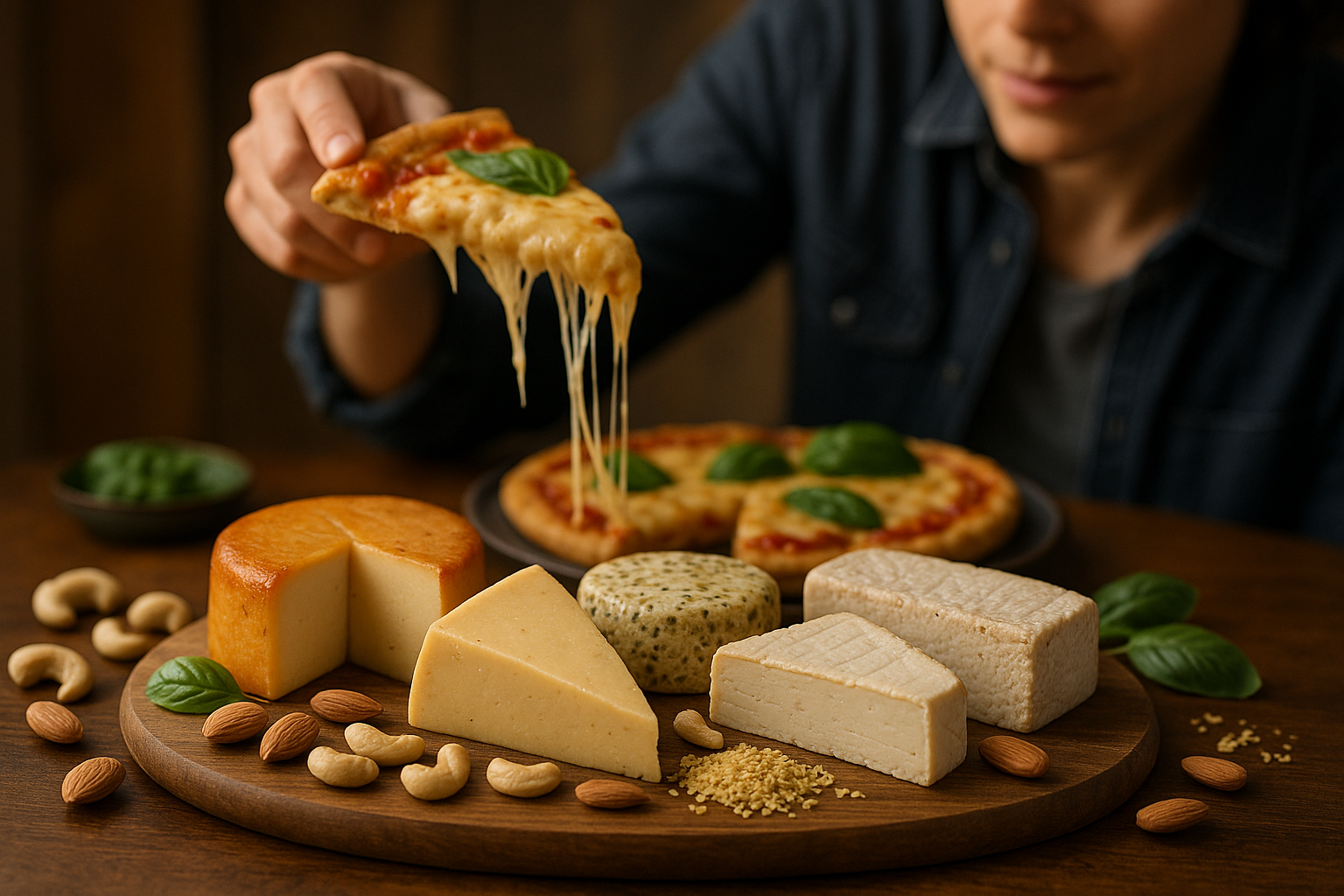"Embracing the Art of Wabi-Sabi in Home Design"
Introduction: In a world of perfection and symmetry, there's a decorating trend that embraces the opposite. Wabi-Sabi, a Japanese philosophy, is about finding beauty in imperfection and appreciating the simple, natural elements of life. This article delves into the rich history of Wabi-Sabi, its influence in today's home design trends, and practical tips for incorporating it into your own space.

The Roots of Wabi-Sabi
Originating from Japan, Wabi-Sabi is not just a design aesthetic—it’s a way of life. The term is difficult to translate directly into English, but it generally represents a view of life that finds beauty in imperfection and acceptance of the natural cycle of growth, decay, and death. It is deeply rooted in Zen Buddhism and the tea ceremonies that began in the 15th century, where utensils and surroundings were simple, rustic, and used with reverence.
Wabi-Sabi in Modern Home Design
In the context of home design, Wabi-Sabi is about embracing an authentic, minimalist approach. It champions simplicity, natural elements, and handmade items that aren’t machine-perfect. Current design trends show a surge in the embrace of Wabi-Sabi, as more homeowners appreciate the calm, grounded feel it brings to a space amid the busyness of modern life.
Practicality and Market Trends
The Wabi-Sabi style is not only aesthetically pleasing but also practical. It celebrates the use of organic materials like wood, stone, and metal, promoting longevity and sustainability. It also appreciates the beauty of wear and tear, meaning less stress about keeping items in pristine condition. Market trends show an increasing interest in Wabi-Sabi, with retailers offering a range of products from handmade ceramics to rustic wooden furniture, reflecting the style’s growing popularity.
Bringing Wabi-Sabi into Your Home
Incorporating Wabi-Sabi into your home doesn’t require a complete makeover. It’s about adopting a mindset of appreciating the beauty in everyday life. Start by decluttering and simplifying your space. Use natural materials wherever possible. Embrace the beauty of weathered items, like a worn wooden table or an old, faded rug. Handmade items, with their slight imperfections, are perfect for a Wabi-Sabi home.
The Impact on Daily Living
Embracing Wabi-Sabi in home design can have profound effects on daily living. It promotes a calm, serene environment that can help reduce stress and improve wellbeing. It encourages us to slow down, appreciate the moment, and find joy in the simple things.
In a world that often feels chaotic and complicated, the Wabi-Sabi philosophy of simplicity and acceptance can be a soothing balm. It’s an accessible, practical design trend that’s not about keeping up with the latest fads but about creating a home that feels genuinely comfortable and authentically you.
In conclusion, Wabi-Sabi is more than a design trend—it’s a philosophy that can guide us in creating a home that’s not only stylish but also meaningful and enriching.





